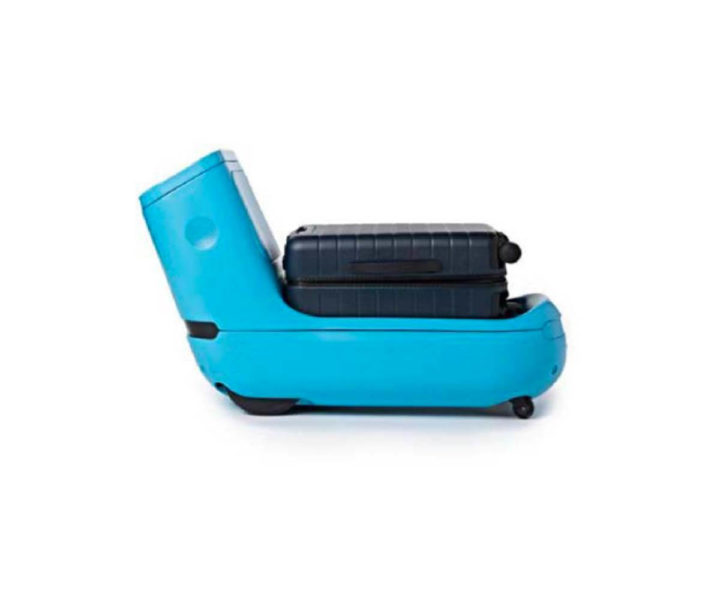Design research is heading towards hyper-customization.
march, 2019
When entering your favourite bar, the barista asks you: “your usual?!”. And you immediately feel at home.
As your barista collected a number of information about you, the latest technologies are collecting a huge amount of information about all of us, which makes possible designing new services, almost tailor-made to everyone. And in some cases it’s not statistics or big data, but exactly our very own personal data, that are being used to make our life easier, more comfortable, faster…
In this article we share some of the evidences from Trendwatching trends report that made us enthusiasts.
As you can imagine, we are still in a preliminary, brainstorming phase, so we cannot spoil everything, also because most of the work is still to be imagined and designed.
Instinct-customization: a challenge for the aircraft industry.
Today’s shopping experience, is built not only around people’s needs, but also around their body. This means that homes and stores are becoming smarter, responsive and easy to live in, following our body understanding of the environment.
The challenge for aircraft and airports is to get synchronized so that passengers’ experience can adapt as their preferences shift and evolve.
Let’s make an example: KLM is developing a self-driving trolley that serves travellers as an airport travel assistant. Positioned after security, the cart can scan the boarding pass, carry the luggage and guide the customer to the gate.
Artificial intelligence and the control of emotions.
What if machines could understand our feelings and emotions?
They could offer us exactly what we need in that specific moment. Let’s make some examples.
Kia and the detection of travellers' emotions
Kia is researching in the field of emotions, using bio-signal recognition technology (it’s about facial expressions, heart rate and electro-dermal activity).
The aim is to be able to detect travellers’ stress levels in order to adjust the interior of the car – lighting or music – to improve their state of mind.
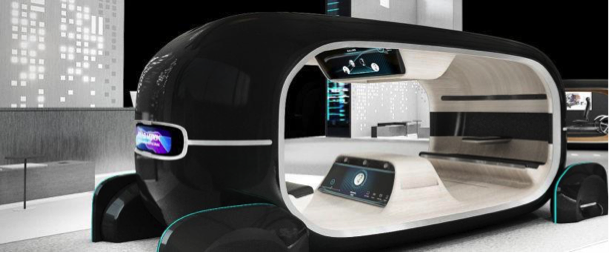
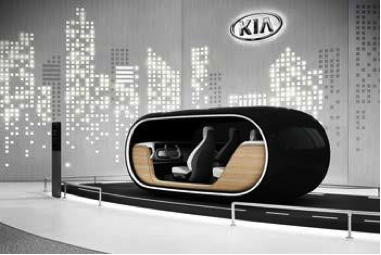
From Sephora AI mirror to inflight seat-back screen services.
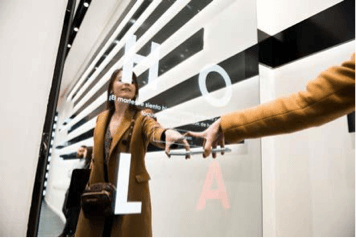
Sephora has installed in its flagship store a digital mirror that will offer personalized recommendations thanks to AI. The mirror detects data such as age, gender and clothing, and uses them to give advice about makeup, fragrance and look.
Designing aircrafts:
We could use a similar technology to transform the seat-back screen into a communication device. If paired with a software and a camera, it could monitor the passenger’s mood and potential stress. Moreover, the crew could guard an unaccompanied minor, people with fear of flying, or someone with mobility issues or disability.
The aircraft designer's point of view.
While sensors are already changing our everyday life and actions on the ground, they are still not so involved into flying affairs. It’s quite a challenge to study every single action we do while travelling on airplanes, and try to facilitate it through the use of sensors.
What are the rules in this? Easy, the hands-free concept and the body instinct customization! It is like the environment that surrounds us asks: “your usual?!”.
Related Post
-
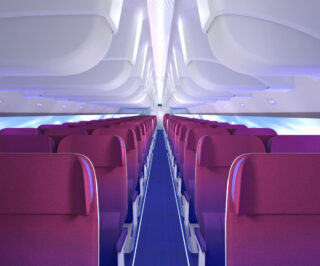 November 12, 2020
November 12, 2020RATIOS, the future of airplane cabins
-
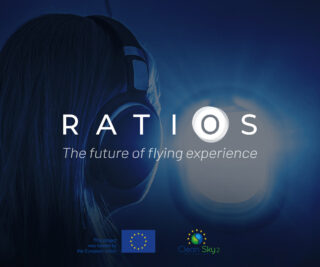 October 22, 2020
October 22, 2020A visionary future

